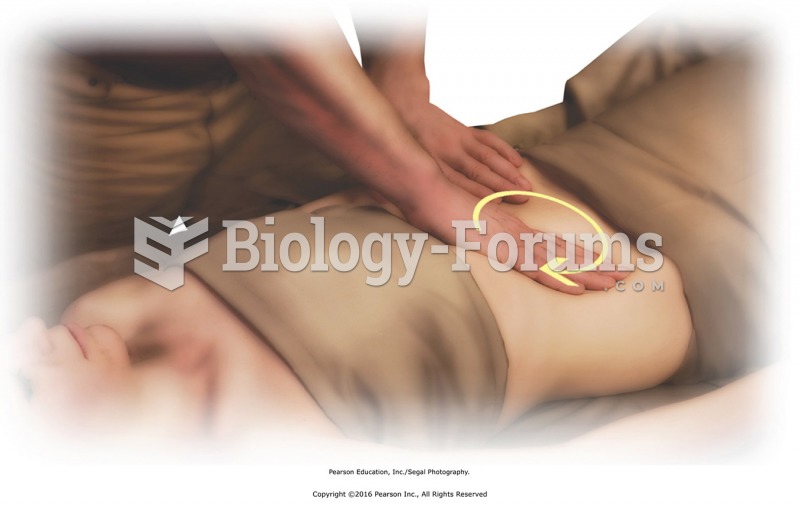Answer to Question 1
ANS: C, E
Power is the probability that a statistical test will detect an effect when it actually exists. Therefore, power is the inverse of type II error and is calculated as 1 . Recall that type II error is the probability of retaining the null hypothesis when it is in fact false. When the researcher sets type II error at 0.20 prior to conducting a study, this means that the power of the planned statistic has been set to 0.80. In other words, the statistic will have an 80 chance of detecting an effect if it actually exists.
Answer to Question 2
ANS: C, D, E, F
The findings of a study can be statistically significant but may not be clinically important. For example, one group of patients might have a body temperature 0.1 F higher than that of another group. Data analysis might indicate that the two groups are statistically significantly different. However, the findings have little or no clinical importance due to the small difference in temperatures between groups. Persons with dermatitis would find the UV light treatment almost miraculous. Two extra years of life may be clinically important to those with good quality of life. Increasing endorphins is not due only to petting cats, so this study is not particularly significant, clinically. A weight loss of 6.3 pounds per year is not large enough to make a significant difference in the life of a morbidly obese woman. Picking up crying babies is something that even one's grandmother knows; this is not clinically useful. A medication that controls cystic acne ten years later is of little use to the adolescent who is miserable with acne.







